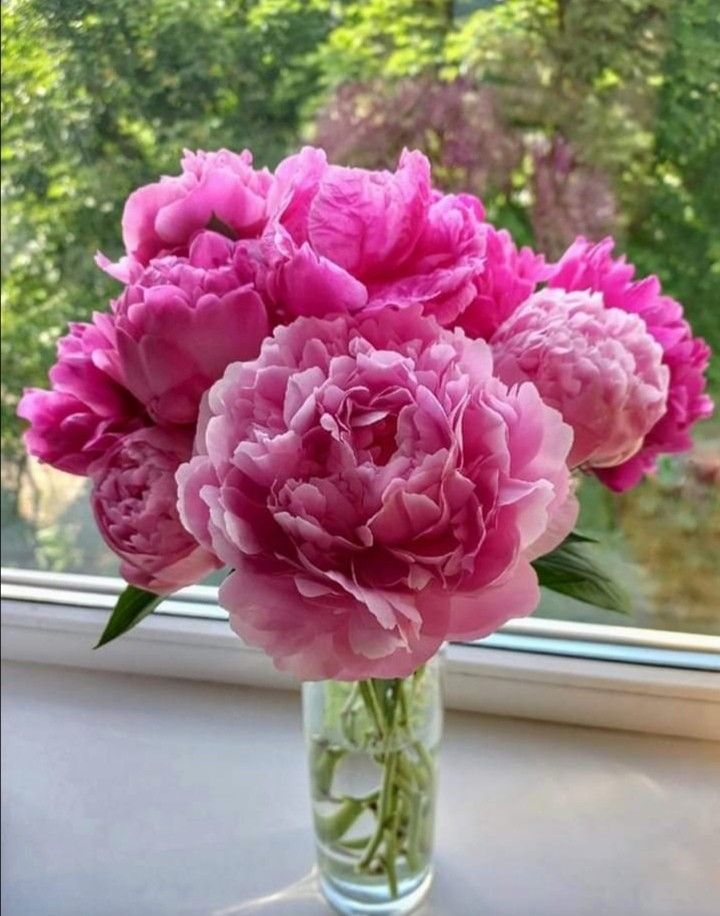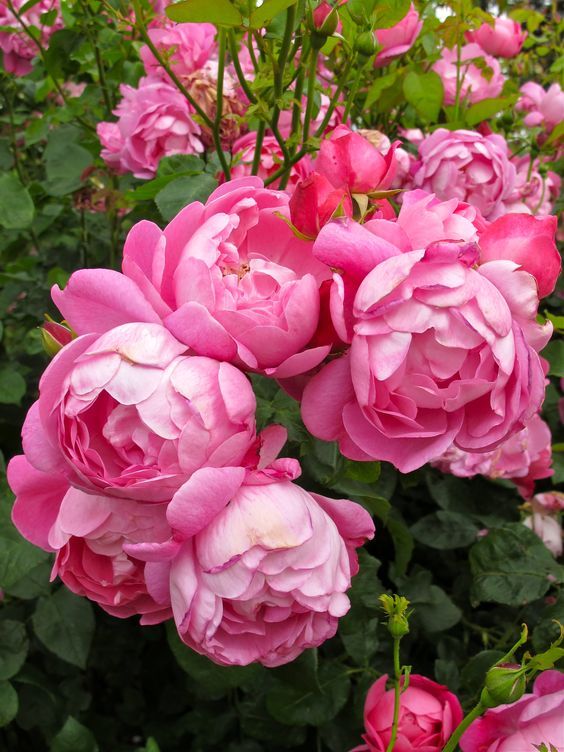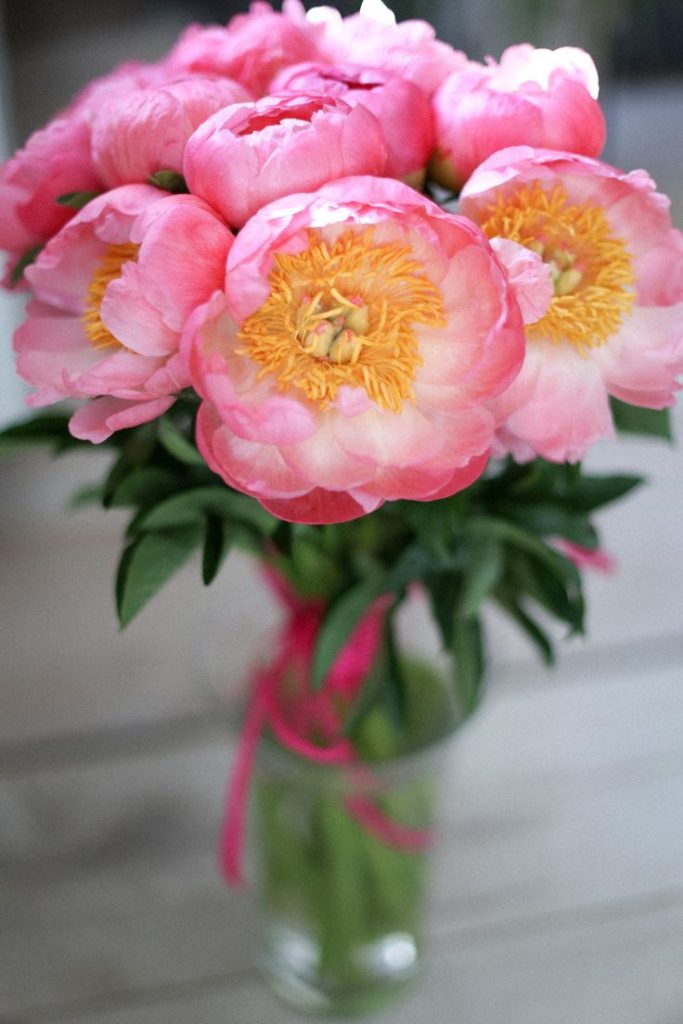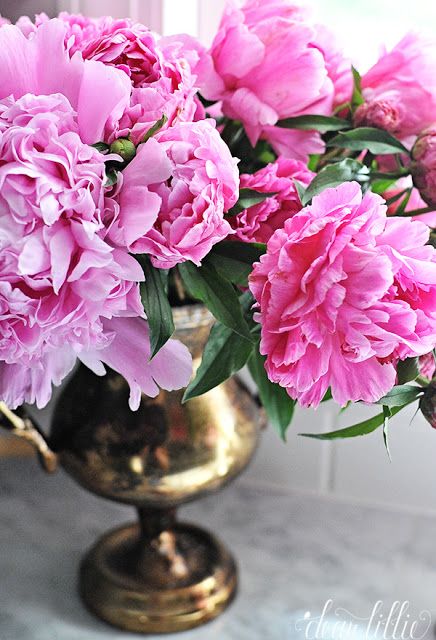Mastering Weed Management: Identification and Control Strategies
Weeds can quickly overrun gardens, competing with desirable plants for water, nutrients, and sunlight. Effective weed management involves timely identification and targeted control strategies to prevent weed proliferation and maintain garden health. By understanding common weed species and employing appropriate control methods, you can keep your garden free of invasive plants and ensure the success of your cultivated plants. Here’s how to identify and control weeds in the garden:








1. Weed Identification
- Broadleaf Weeds: These weeds have wide leaves and include species like dandelions, chickweed, purslane, and broadleaf plantain. They often germinate in bare soil or disturbed areas.
- Grassy Weeds: Grassy weeds resemble grass and include species like crabgrass, foxtail, annual bluegrass, and Bermuda grass. They thrive in lawns, garden beds, and compacted soil.
- Sedge and Rush Weeds: Sedges have triangular stems and include species like nutsedge, while rushes have round stems and include species like soft rush. They often grow in damp or waterlogged areas.
2. Cultural Control Methods
- Mulching: Apply a layer of organic mulch, such as wood chips or straw, around plants to suppress weed growth and conserve soil moisture. Mulch also helps regulate soil temperature and prevents weed seeds from germinating.
- Weed Barrier Fabric: Use weed barrier fabric or landscape fabric to smother existing weeds and prevent new weed growth. Install the fabric before planting and cover with mulch or gravel for aesthetic appeal.
3. Mechanical Control Methods
- Hand Pulling: Remove weeds by hand, ensuring to grasp the weed near the base and pull gently to extract the entire root system. Hand pulling is effective for small-scale weed infestations and in areas where herbicides cannot be used.
- Hoeing and Cultivation: Use a hoe or cultivator to disrupt weed growth and uproot weeds from the soil surface. Cultivate regularly to prevent weed seedlings from becoming established.
4. Chemical Control Methods
- Herbicides: Selective herbicides target specific weed species while sparing desirable plants. Read and follow label instructions carefully, and apply herbicides when weeds are actively growing for optimal effectiveness.
- Pre-Emergent Herbicides: Apply pre-emergent herbicides before weed seeds germinate to prevent weed seedlings from emerging. These herbicides create a barrier in the soil and inhibit weed seed germination.
5. Integrated Weed Management (IWM)
- Combination Approach: Implement an integrated approach that combines cultural, mechanical, and chemical control methods to manage weeds effectively. Rotate control methods to prevent weed resistance and minimize environmental impact.
- Preventive Measures: Practice good garden hygiene by removing weeds before they flower and set seeds. Prevent weed seeds from spreading by cleaning garden tools, shoes, and clothing after working in infested areas.
Conclusion
By mastering weed identification and employing a combination of cultural, mechanical, and chemical control methods, you can effectively manage weeds in your garden and maintain the health and beauty of your cultivated plants. Regular monitoring and prompt action are key to preventing weed infestations and minimizing the need for intensive control measures. With diligence and proactive management strategies, you can enjoy a weed-free garden that flourishes with lush vegetation and vibrant blooms.
FAQs (Frequently Asked Questions)
- How can I prevent weeds from spreading in my garden?
- Remove weeds before they flower and set seeds to prevent weed proliferation. Use weed-free soil amendments and mulch, and avoid introducing weed seeds through contaminated tools or plant material.
- Are there organic alternatives to chemical herbicides for weed control?
- Yes, organic weed control methods include mulching, hand pulling, hoeing, and smothering weeds with landscape fabric or cardboard. Organic herbicides containing ingredients like acetic acid or citrus oil can also be effective for spot treatment.